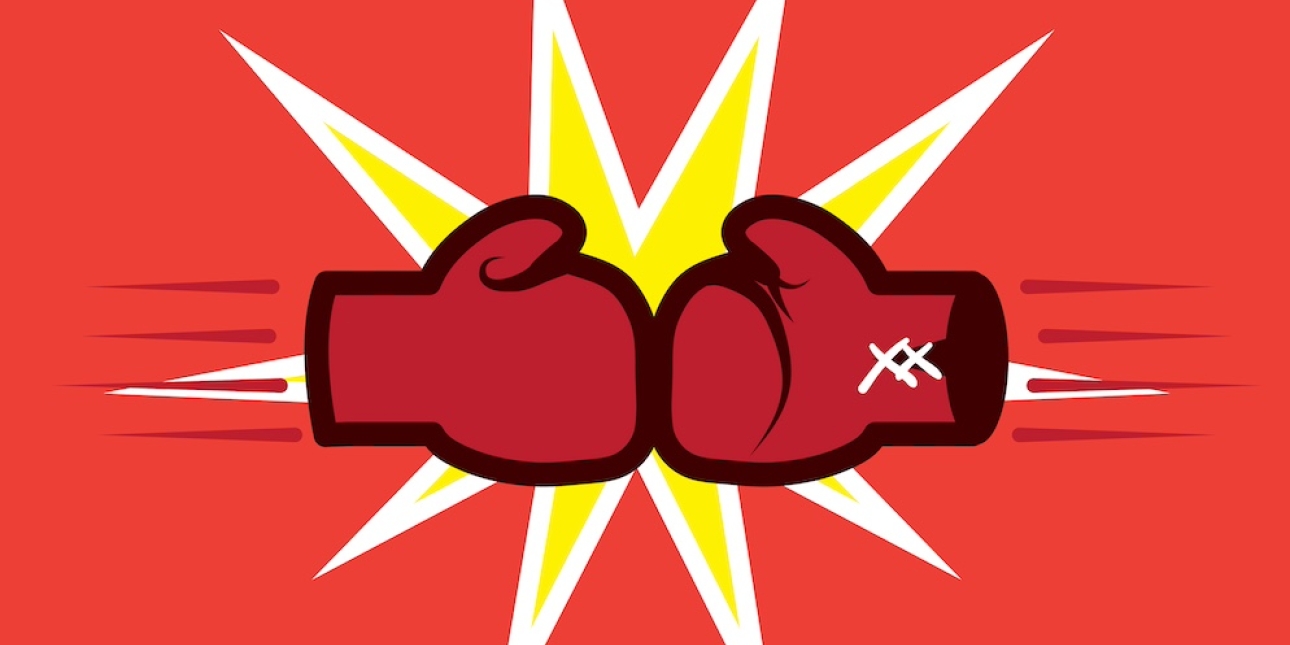Should you challenge a politician?
As the row between Kemi Badenoch and the former Post Office chair Henry Staunton deepens, what are the pros and cons of taking on an elected official? And what should comms professionals (and those that they advise) be aware of?
The ongoing very public spat between Henry Staunton, the former Post Office chair, and Kemi Badenoch, secretary of state for business and trade, continues to dominate headlines. Taking on a politician is a complex decision that carries both risks and potential benefits.
Challenging a high-profile politician like Badenoch should never be taken lightly. Such a decision should never be taken without having considered the full range of risks but also keeping in mind what the aim is as well. Why expose yourself to the risk and consequences? There can be reputational and operational risks.
One simple truth is that if you challenge a politician, they will hit back.
So how do you decide whether to challenge?
- Enhanced scrutiny – The background of the person or organisation, their achievements, difficulties, challenges and entire past are fair game for scrutiny if a challenge is a launched. In some cases, that simply will not matter to those challenging. The issue is of such fundamental importance to them that the enhanced scrutiny is accepted.
- Revenge at playtime – Consider fully the consequences of the challenge. Could the situation move beyond a communications spat into longer lasting ramifications. Just look at the fallout between Ron DeSantis and Disney in Florida which led to him changing laws which impacted in their operations. Equally though it has been suggested that his presidential bid floundered as a result of fighting Mickey Mouse.
- Putting the record straight – Staunton appears to have taken the fight to Badenoch to ensure that his side of the story is put across. Opportunities to convey sometimes complicated issues can be limited. Challenging a high-profile individual can provide such a platform and provide a way of getting information out to key audiences.
- Purpose-driven – For some genuinely purpose-driven organisations, the need to challenge is part of their DNA and needs no wider consideration. It is simply the right thing to do.
- Timing – The ferocity of Badenoch’s response shows that she is fully aware of the potential damage that could be done to the government but also her leadership ambitions. There is also a general election coming up and the government has been reacting for months about its response to the Horizon scandal. When considering whether to challenge or not needs a consideration of the wider setting and timings.
- Do you have the evidence? – This is not just about having evidence to back-up your position but about whether that evidence can be conveyed in a way that will convince audiences. That evidence itself will come under scrutiny. Will it stack up in such circumstances?
The fight will always be a very public one and will cause others to make comment as well. Having a groundswell of support and a stakeholder network that know, understand and trust you would always be an ideal starting point. A strong and supportive stakeholder network will help to navigate the inevitable storm.
Some organisations and individuals prefer to avoid the political spotlight at all costs. But it should also be remembered that politicians can be the ones to instigate a high-profile challenge. Again, having a plan and a network is always the best starting point.
Taking on a politician is always a significant decision but carefully planned and considered, it can be entirely the right one. Just be ready for the fight.
Dr Stuart Thomson is a public affairs and communications consultant. Listen to Stuart's podcast, The Public Affairs in Practice.



